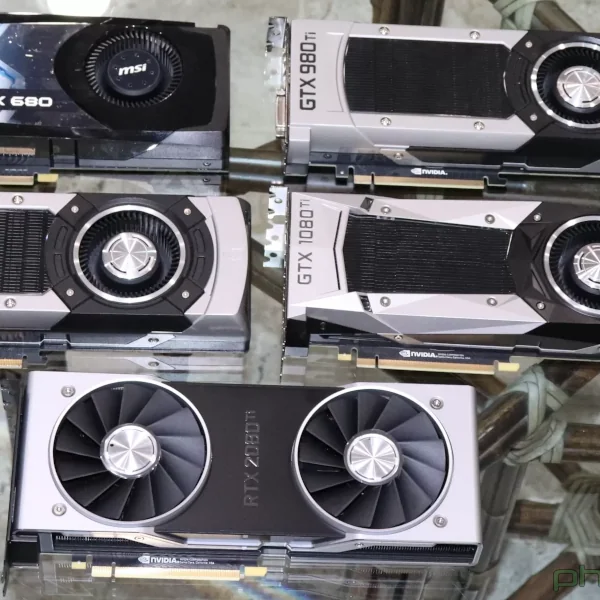Testing Out The Nouveau Driver On Fedora 11

In Fedora 11 there is the normal DDX xf86-video-nouveau driver along with kernel mode-setting support and all of the latest bits that are prerequisites (such as kernel memory management). The Gallium3D support for providing OpenGL acceleration on the Nouveau stack is still very experimental, so it will likely not be enabled by default in Fedora 11. This past week though Red Hat had hosted a Nouveau testing day to see how well this open-source NVIDIA driver is working for different users. Many Fedora users participating in this Nouveau testing day and overall the results seem to be positive. We decided to also test out Nouveau in Fedora 11 using the LiveCD they spun for this testing session.
Did kernel mode-setting work for us using a GeForce 8600GT?
Oh yes, it works! Nouveau kernel mode-setting should work in Fedora 11 for those using the GeForce 8 series hardware or newer. KMS support for the older NVIDIA hardware should come later on. One problem we ran into though was with the GeForce 8600GT and using a 30" Samsung SyncMaster 305T LCD, the Fedora LiveCD had mode-set to 1280 x 800 instead of the 2560 x 1600 for this dual-link DVI monitor. We ran into this problem with and without kernel mode-setting.
Besides a clean, beautiful boot experience with Plymouth when using kernel mode-setting, VT switching is dramatically faster and runs at the same resolution as the running X Server.
Beyond kernel mode-setting, X-Video also works with the Nouveau stack in Fedora 11. Granted, X-Video is not as good as VDPAU or even XvMC, but it's a start.
Kudos to all of the Nouveau developers and to Red Hat for taking this stand in enabling it by default. Hopefully we will see other Linux desktop distributions make the switch from xf86-video-nv to Nouveau.
32 Comments

